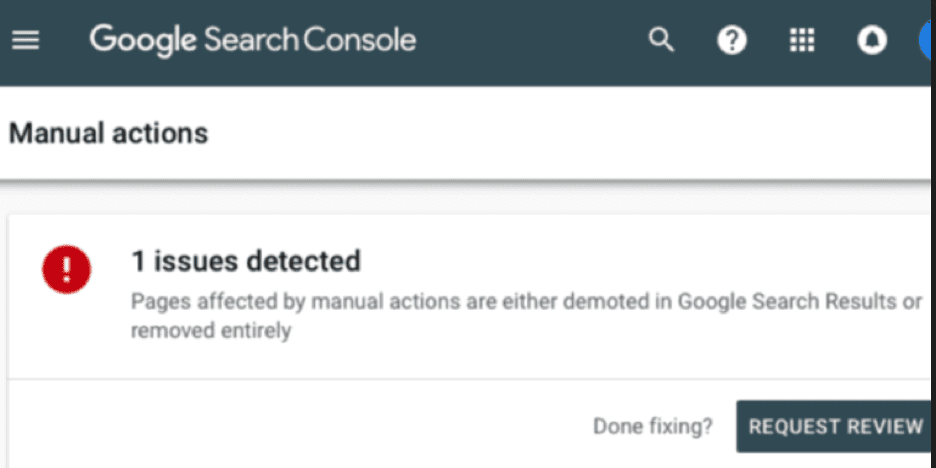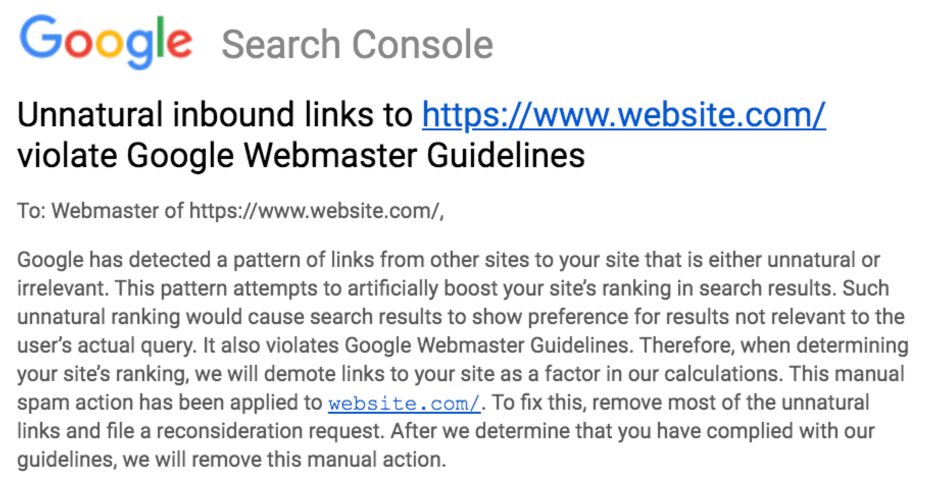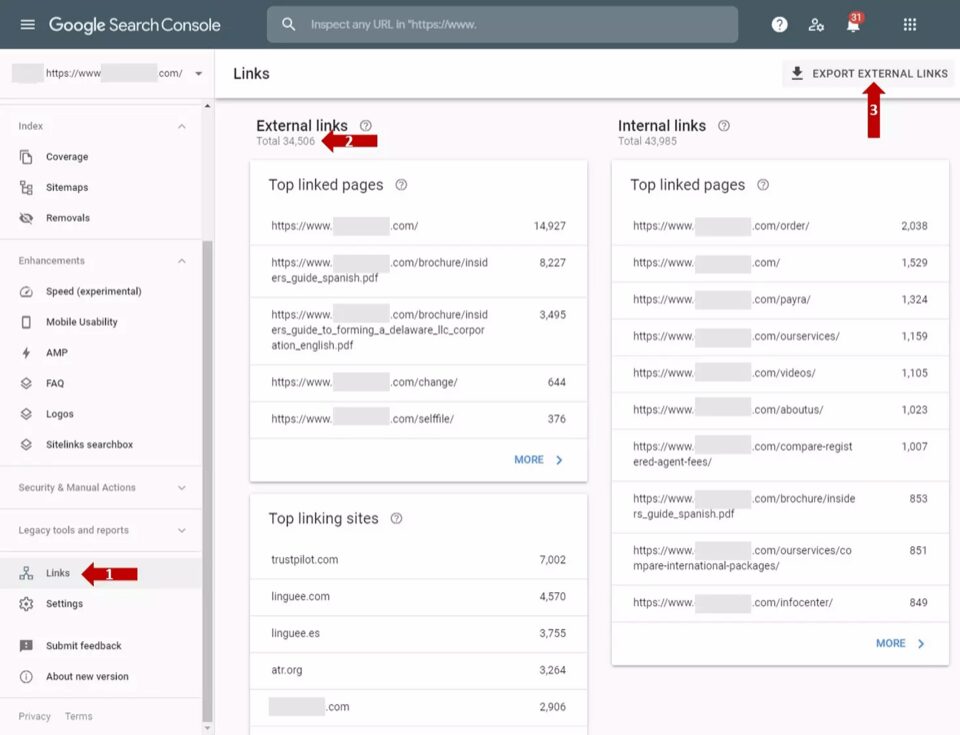
Source: Kinsta
Congratulations! After months, or perhaps even years, you’ve finally clawed your way to the top of Google’s search engine results page (SERP) ranking. Then one morning, the unimaginable happens. Your SEO rankings have dropped. How could this be? Don’t panic. As experts in the online marketing industry, we’re here to help you understand why your SEO rankings are dropping and the easy steps you can take to recover them.
In this article, we’ll go over
- How to recognize whether a drop in SEO rankings is actually something serious or just part of the natural ebb and flow of the algorithm
- Possible reasons why your rankings are dropping
- The easy-to-follow steps you can take to recover them
Table of Contents
Is It Just a Quick Dip or a Serious Drop?
SERP (search engine results page) rankings fluctuate naturally for lots of reasons, many of which are not actually serious. It could be due to seasonal search trends or something occurring in the world. Google might be undergoing an update that will only briefly affect your ranking, or your ranking tracker tool might be experiencing a small glitch that’ll sort itself out.
In order to determine whether you need to take action or not, follow these steps
- Open tracking tools, such as Google Console, Google Analytics, or SEMRush.
- Compare organic traffic data with your ranking data. Does more than one tool show an SEO rankings drop? If not, then it’s most likely just an error in that tool’s system. Continue to monitor it for a while to see if it eventually bounces back up.
- Ask your team if the site has undergone any changes or updates recently. If so, maybe a simple 301 Redirect is all you need.
If you are seeing evidence of lower rankings on multiple tools, then the next thing you’ll want to do is compare previous weeks, months, and years. Ask yourself:
- Was there a drop at this exact same time last year?
- Have any of the competitors who now outrank us made any changes to their landing page or marketing efforts?
Why Have Your SEO Rankings Dropped?
If your investigation has turned up proof that this is indeed a serious drop, there’s no need to succumb to hair-pulling and tears just yet. After years of helping our clients recover their lost positions, we’ve come up with a thorough checklist to determine why your rankings have dropped.
Google Algorithm Updates
In order for Google to provide the best possible matches to their searchers’ queries, they must constantly evolve and change the algorithm. It’s estimated that they roll out between 500-600 updates a year to make it more difficult for websites that rely on tricks and spam to slip through.
Most of the time, updates are small and may only affect your rankings while they’re implementing the changes. Sometimes these updates have to do with product descriptions, video indexing, or title tags. Other times it could be a massive content focus shift that is bound to affect everyone.
SEO blogs, social media accounts, and news sites are all good places to check and see if there’s any chatter about recent Google updates. If so, then that could be the reason for your SEO rankings drop.
Google Manual Actions
A manual action is when Google discovers something on your website that goes against its best practice guidelines. This will cause rankings for a particular page or possibly your entire website to plummet instantly. If evidence shows a direct drop-off, then it’s possible that your website has accidentally done something to get flagged by them, which could involve a page penalty or an entire website de-indexing. While this may seem drastic, it’s something that Coalition has experience with and it’s something you can 100% recover from.
Static Content
Google prefers to push newer or updated content to the front of the line. If your website has static content that hasn’t been updated for a while, this could be why your rankings have dropped. In their eyes, content that is new, up-to-date, or interactive is considered more relevant to the consumer and, therefore, more helpful.
Your Competition Upped Their Game
It’s possible that your competition has reworked their SEO strategy and have overtaken you. Perhaps they’re posting more frequently, updating older posts, reworking their keywords, and using more videos or other interactive content. Whatever the reason, you should look at those who are ranked higher and start to analyze what they’re doing differently than you.
Rotten Links
The internet is constantly shifting and changing, and links leading to or from your website may get lost or broken as other websites move or disappear. A study conducted by Ahrefs found that 66.5% of links to websites in the last nine years are dead. Broken links not only cause your SEO rankings to drop, but they also frustrate visitors and shorten the amount of time people spend on your website. This could make Google think you’re either practicing Black Hat SEO tricks or that your content is not helpful or relevant to the viewer.
Unoptimized Title Tags and Meta Information
If you’re not utilizing your title tags and meta descriptions correctly, then that could be why your SEO rankings are dropping. Also, if your website has duplicate tags and content, then it’s competing against itself and losing. Google will also penalize you if your title tags don’t have anything to do with your content. Anytime they see suspiciously high bounce rates, they’re going to ask why.
How To Recover Your Losses
The good news is that lost rankings can be recovered in time. Use this momentary downturn as an opportunity to discover new ways to improve and fortify your SEO strategy. Follow these steps, and your rankings will start increasing.
Step 1: Check for Manual Actions
It’s actually very rare to have a manual action placed against your website. For this reason, it’s the easiest cause to rule out when your SEO rankings have dropped. Simply open your Google Search Console and click on the overview page to see if there are any manual action notifications.


If there is, you can click on the notification to see the full manual action report. The Learn More link on the report will give you detailed information about the issue and the steps you need to take to resolve it.
If there are multiple pages affected, you must fix all of the problems in order for Google to remove the manual action. Once you’ve corrected the offending pages, you can click on the request a review button. In the request, you need to
- Explicitly explain the nature of the problem on your website
- Detail the different steps you’ve taken to fix the issues
- Provide evidence of the outcome from the changes you’ve made
Once Google reviews your request, they’ll notify you of their decision. It may take them a few days or weeks to begin reviewing your request. They’ll email you when the review is active and again once they’ve made their decision.
Step 2: Read Up on Recent Google Updates
In August of 2022, Google rolled out a massive change called the Helpful Content Update. This is to ensure that websites are providing authoritative content that is actually beneficial to their consumers. They want to see that you’re a trusted authority in your field. This is why Coalition Technologies’ guiding SEO principles have always been:
- Consumers first
- Clients second
- Search Engines third
A strong SEO strategy should provide clear benefits to potential consumers. Demonstrated in a way that search engines can easily evaluate. You’ll want to familiarize yourself with the different updates and determine what they mean for your optimizations to avoid a drop in rankings.
Take a look at your keywords and optimization strategies and consider whether they’re effective or beneficial to your consumers. Ahrefs has determined that almost 95% (or over 3.8 billion) of keywords get less than ten searches per month. It’s extremely important to understand exactly what your target audience is searching for and deliver it to them.
Once you start to implement these changes, be patient, it takes time to see SEO change results.
Step 3: Check Your Link Portfolio

Source: Practical Ecommerce
Using Google Search Console or tools such as SEMRush and Ahrefs, you can check your link portfolio to see if your website has any broken links, 404 errors, or incorrect URLs. Lost or broken links will be the reason why your SEO rankings are dropping.
In order to fix or replace them, you’ll need to check each link individually to determine
- If the link drop is just on a particular page or sitewide
- Where the broken inbound links are coming from
- Why are they broken
Let links that were removed intentionally go because those are probably not natural links and could be flagged by Google. A lot of times, links change or break because of website updates. If that’s the case, you can try reaching out to the original website and asking for them to be restored. Internal links that have been replaced with ones to a new source can simply be linked to that new source as well.
Proper link building is extremely important for maintaining high SEO rankings and requires constant monitoring to ensure no future drops occur.
Step 4: Keep an Eye on the Competition
Keep a close eye on those who are ranked higher than you. Analyze their content for authenticity, unique storytelling, the type of media they use, and consumer reviews or comments. Consider:
- How frequently do they post new content?
- If they have similar posts to you that are ranked higher, what’s different about them?
- How are they using their keywords?
Look closely at your own content to ensure that it really adds value to your audience. Track the amount of time people spend on your pages.
- Can you add something that is unique to help you stand out from the rest?
- Are your offers compelling?
- Do you focus on the benefits of your business, services, or products?
- Are you sharing stories that highlight the transformation your clients experience from working with you or from using your products?
When updating or creating new content, always keep E-E-A-T in the back of your mind. Google’s most recent Helpful Content Update seeks content that’s created by people who have Experience and are Experts in their field, that display Authoritativeness across their website, and who are Trustworthy.
Step 5: Create Dynamic and Interactive Content
We already know that older static content is less favored by Google. However, it’s not enough to just create content more frequently. You’ll want to look for ways to make your content more dynamic and interactive.
Interactive content engages the viewer and involves them in the learning process. Examples of interactive content are:
- Quizzes and polls
- Interactive infographics, maps, and videos
- Free tools
- Webinars
- 360 videos, or augmented reality
These types of interactive content help build connections between you and your audience. It’s a conversation that helps create trust and loyalty. Because interactive content is easy to share and repurpose, it increases your likes and click-through rates while also establishing reliable backlinks.
If static content is the reason why your SEO rankings have dropped, now’s your chance to switch out that old content and replace it with interactive media.
Step 6: Reoptimize Title Tags and Meta Information

Ahrefs analyzed over 900,000 pages that ranked in the top 10 for their searches and realized that 92% of them had title tags. Proving just how important title tags, meta information, and headers are. If you haven’t already, go through and make sure that you’re utilizing this important SEO tactic to the best of your ability to avoid any drop in rankings.
Check that you’re not duplicating title tags or that they don’t come across as spam or clickbait. You want to write them in a way that won’t cause Google to rewrite them for you. Every post should have a header as well and ensure that your metadata is being entered. Interactive media such as videos and infographics should include alt text as well for indexing.
Let Us Help You Get Back on Top
We know that experiencing an SEO rankings drop can be disheartening. If this feels a little too overwhelming, or you just don’t have the time it will take to recover your losses, then let the experts at Coalition Technologies get your website back on track.
Coalition Technologies is one of the leading SEO and web design & development agencies in the United States. We have over 700+ case studies on ecommerce and lead generation B2C and B2B clients across several industries. We work with all kinds of businesses, e-commerce companies, and service providers to help them improve their rankings, grow their audience, and increase their sales conversions.
Our experienced team can quickly conduct a full-scale audit of your website to determine exactly why your rankings have dropped and set you on an immediate path to recovery. Contact Coalition Technologies today to get back on top!


